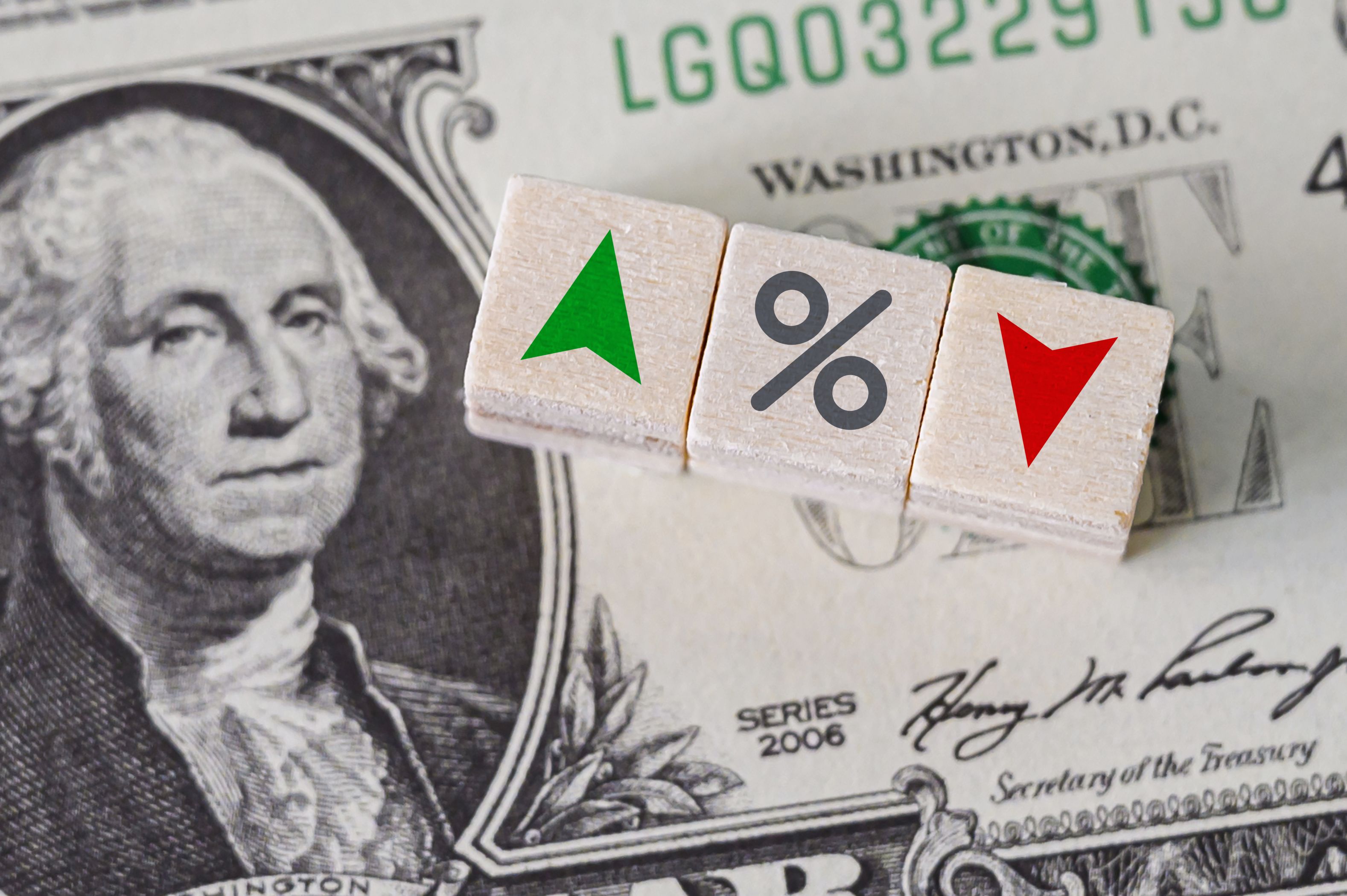
While committed multilateral financial institutions like the Asian Infrastructure Investment Bank (AIIB) aim to bring financial support to infrastructure building in Asean countries, private-public partnerships (PPPs) across markets have proven to be another highly viable financing means for infrastructure projects.
Asean has a widening infrastructure gap estimated at US$1.7 trillion by the Asia Development Bank (ADB) and is met with a US$1.2 trillion spending deficit. For a region as fragmented as Asean, a cookie-cutter approach for financing across markets is naturally not feasible. Depending on national risk levels, development pace and financing requirements, different countries will take different financing approaches.
Reports have highlighted that frontier economies such as Cambodia, Laos and Myanmar are likely to rely on multilateral development banks due to the type of infrastructure that they require, such as basic paving of roads and gradual urbanization, as with other developing economies.
On the other hand, while large economies are also expected to work closely with multilateral institutions, moving toward PPPs as a financing option has started to gain traction for several projects. Interestingly, the largest single market in Asean, Indonesia, is already expecting more foreign direct investments and state funds to be invested into national infrastructure developments with its newly-minted investment-grade status from global credit agencies.
The Indonesian government estimates infrastructure financing needs to be at US$400 billion, or 8-9% of GDP, on average per year. In sync with a subsidy cut in early 2015, Indonesia has rolled out an ambitious infrastructure plan, which includes cutting logistics costs to 19% of GDP and raising the electrification rate to 97% by 2019. Indonesia’s projects include thousands of miles of new roads and railways, new seaports, airports, as well as power plants. The market has seen a wide spectrum of private companies from the rail industry to financial and professional sectors participating in infrastructure investing.
Taking yet another closer look at the Asean insurance industry, contributions to infrastructure financing, PPPs, and overall development in Asean are on the rise. With the long-term nature of the insurance sector, it is well positioned to participate in infrastructure financing projects. Recognizing its natural match, more and more opportunities have emerged for the industry to play a pivotal role in contributing to long-term PPP infrastructure projects in Asean.
As a pertinent member of the greater finance and investment industry, the insurance industry in Asean is also poised to benefit from the Belt and Road initiative. The Belt and Road initiative can help in a number of ways, for example, with China being the biggest country in the region and second-largest economy in the world, it opens up a wide market to Asean countries.
Currently, international and Chinese insurance companies are already investing in key infrastructure projects of the Belt and Road initiative, which in turn will benefit the Asean economies that lie on the Belt. In its commitment to finance infrastructure projects, China’s insurance regulator has relaxed rules on insurers’ investments in infrastructure projects, for which regulatory approvals are no longer required.
Lying over at the other end of the Belt and Road is Africa where Ethiopia serves as a gateway and pilot country. With the aim of creating connectivity in infrastructure, economy, people-to-people exchanges as well as policy cooperation, Africa and Asean share parallel destinies as both regions are made up of a majority of developing countries.
Despite facing developmental challenges, the private sector in Africa has fully embraced the drive for infrastructure in the country, drawing investors eager to turn a profit. This provides opportunities to both private investors and African governments. South Africa leads the way in driving private investment projects. In fact, the relationship between South Africa and Asean is promising with strong bilateral diplomatic relations with all Asean member states. Asean recently pledged to boost the search for ways to increase cooperation in areas of investment and trade, dedicated to strengthen relations between Asia and Africa.
As we take a step back to study successful PPPs in the world, Canada, one of the world’s most stable and consistently productive economies since the onset of the global financial crisis, should be considered. It has delivered over 200 infrastructure projects, representing over C$70 billion of capital investment. A stable pipeline, maintaining efficient capacity on both the demand and the supply side of the market, efficient procurement, diverse market for project finance and a supportive political government, are the critical factors in the success of Canada’s PPPs. The clear recognition of the benefits of PPPs has been at the heart of long-term infrastructure plans, and as such a prime case study for Asean to mirror.
However, despite the potential benefits of infrastructure investing, the partial implementation of risk-based capital requirements in some Asean countries has posed challenges to the insurance industry’s participation in infrastructure financing. The increased amount of capital for equity allocations is likely to make the insurance business more capital-intensive, discouraging insurers to invest in growth assets such as infrastructure investments.
The insurance industry is well positioned to play a more prominent role in advancing economic development within the region through strategic participation in PPPs when tackling the infrastructure gap. A vibrant and growing Asean market is positive for insurers, given the essential role of insurance in supporting various economic activities. With cooperation, understanding and grit, the Asean insurance industry can contribute to the region’s infrastructure investment, and in turn help bridge its infrastructure gap.
Evelina F. Pietruschka is president commissioner (chairperson) of WanaArtha Life, an Indonesian life insurer.









